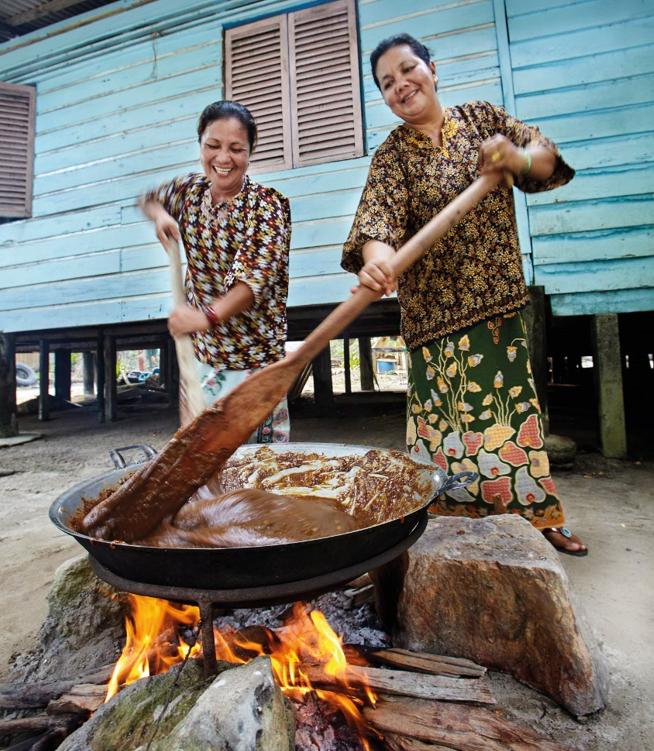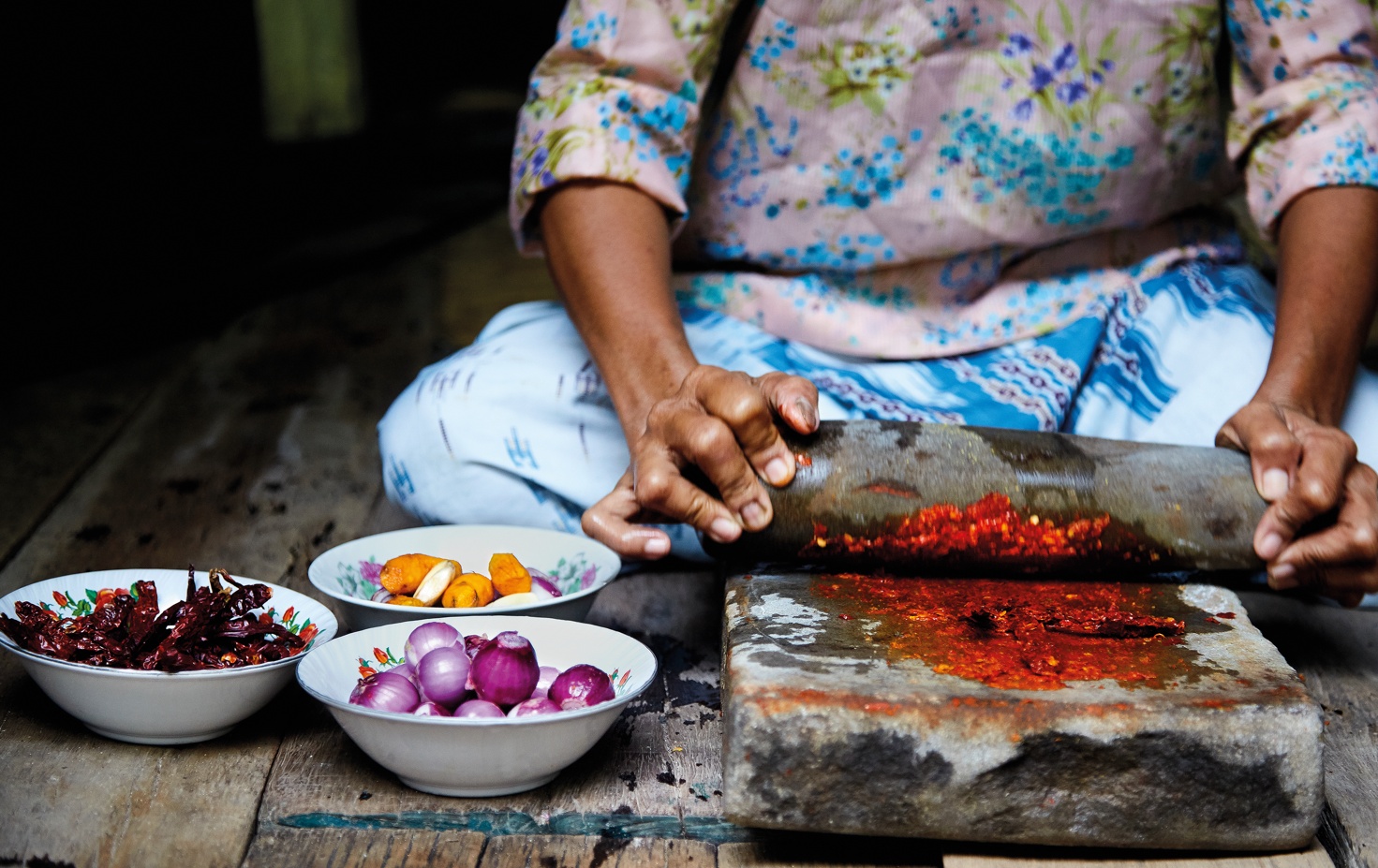We get into the mind of Malay history and culture researcher Khir Johari who shares his thoughts on how far Malay gastronomy has come and where the scene is headed.

The Food of Singapore Malays: Gastronomic Travels Through the Archipelago was named Book of the Year and Best Illustrated Non-Fiction Book at The Singapore Book Awards 2022. The handsome volume, authored by Malay history and culture researcher Khir Johari, seeks to understand the roots of Khir’s community’s culinary heritage more deeply. Inside are over 400 stunning photographs of food and culture by Law Soo Phye as well as 32 recipes for key Malay dishes – all spread across a 624-page landmark book that will surely stand the test of time as a major contribution to Singapore literature.
Let’s start off by talking about the recipes. How did you source for them and then went about narrowing them down?
I grew up in Gedung Kuning which was a treasure trove of recipes given its connection with the larger Muslim community. My mum was a cookery teacher, and I was lucky to have met cultural custodians who graciously shared their recipes with my family. We shortlisted 200 recipes and narrowed it down to 32 with a proper representation for each genre: A rice dish, a noodle dish, a vegetarian dish, a sweet dish, and so on.
How do you describe this book to friends?
Some would call it an archive, but this book is about rediscovering and reconstructing so I would describe it as a documentation sprinkled with personal experience. It is an ambitious project and not in any way a cookbook.

What motivated you to start this project?
There is so much to share about the complexity and vastness of Malay gastronomy. It has given much of itself to what we eat in Singapore, yet little is understood of it beyond the community. It is under-researched and under-recognised. A dedicated book on Malay food anthropology didn’t exist at the point of its inception, and I have longed to convey the message beyond the region.
What was the most surprising thing you learned during your research process?
That food knowledge is multilayered. It’s interconnected with various cultural elements beyond the Malay world, and there are many illuminating nuggets embedded here and there – from archaeological steles to poetry manuscripts to colonial reports.
If you could choose one recipe from the book that you hope to see break out, what would it be and why?
Mak Intan’s Durian Fudge recipe. Here, we take two ingredients so emblematic of floral Malaysiana – coconut cream and the durian – to create a fudge. The final result is a sponge cake alternatingly layered with durian fudge, contemporary in optics and pizazz, yet retaining a traditional Malay flavour profile.

What exactly counts as Malay cuisine?
Fundamentally, Malay cuisine is food that is prepared, curated and consumed by Malay people. This is regardless of their geographical, national, ethnic and racial origins.
What are your thoughts on food taking on a more contemporary treatment – or elevation, as some might call it – to appeal to the masses?
Good food will always appeal regardless, but innovation is key if we want to remain current and relevant. Young chefs are now breathing new life into Malay cuisine by offering a perspective that they believe today’s customers will embrace and enjoy. Dishes may take on a different look, but the Malay blueprint remains nonetheless. My hope is for our young chefs to explore the wealth of our culinary traditions even as they continue to innovate.

How hopeful are you about the future of Malay food?
Very hopeful. People are no longer just savouring the actual dishes but immersing themselves with stories around food, collecting food-related objects and exploring foraging ideas. Now is the time for us to hone that sense of purpose and, by doing so, revive old recipes, wisdom and a deeper sense of pride in the gastronomic traditions of Malay people.